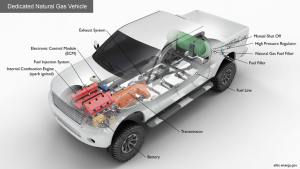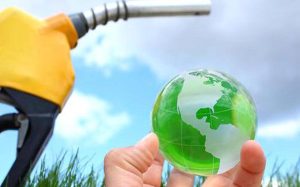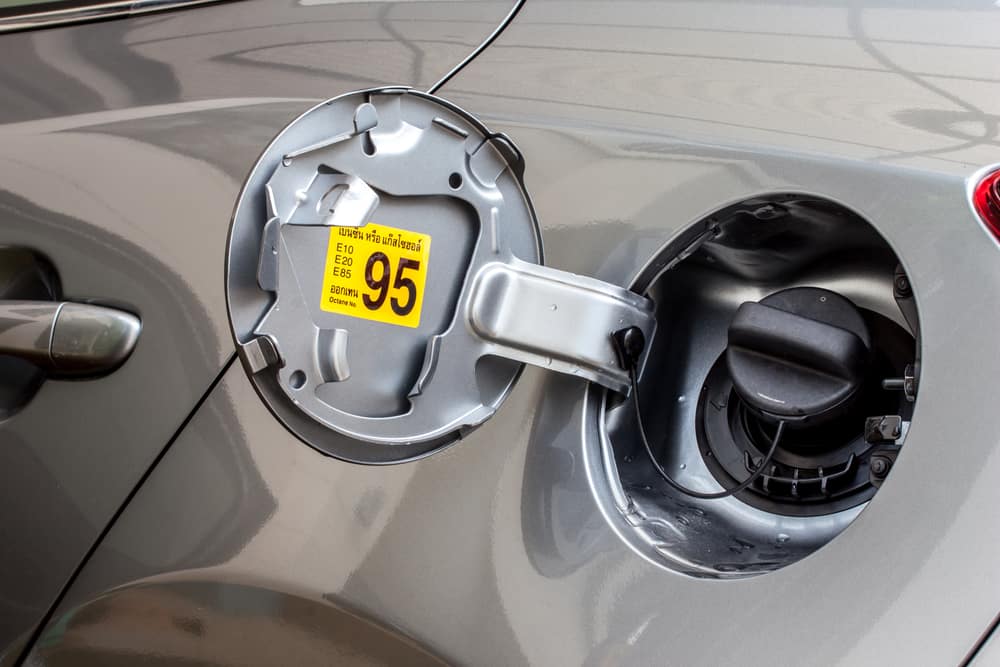Indian cars and two-wheeler consumers will shortly purchase their preferred vehicle with a flex-fuel engine. The first lot of flex-fuel engine vehicles will possibly enter the market by the summer of 2022 if Union Minister Nitin Gadkari recommendation is followed.
Nitin Gadkari, the Union Minister for Road Transport and Highways, highlighted the requirement of constructing the move as soon as possible, after providing advice to carmakers to use flex-fuel engines in cars in less than six months.
Gadkari’s Tweet
Gadkari mentioned in a series of tweets that the Indian automobile industry should begin manufacturing flex-fuel cars and strong flex-fuel hybrid eV cars that appropriately meet BS-6 standards. According to him, The strategy is in correspondence with Atma Nirbhar India. Therefore the government’s main aim is to push ethanol as a transport fuel.
In the case of flex-fuel solid hybrid eV cars, they will operate with a combination of 100% petrol or 100% bio-ethanol and their blends, along with hybrid electrical reliable technology.
Gadkari also highlighted that flex-fuel engines could assist India if it met its COP26 carbon reduction target. The action will also help India lower its fuel import expenditure when petrol and diesel costs have risen.
What is a Flex-Fuel Engine?
A ‘flex-fuel engine’ is an internal combustion engine that can run on more than one type of fuel and a mixture. Frequently, a mix of ethanol and fuel or methyl alcohol is used. The engine can adjust for any quantitative ratio due to modifications of a fuel composition device and appropriate ECU programming.
Flex-fuel machines are capable of running on 100% fuel or ethanol. They are already out there in countries like Brazil, Canada and the USA.
At the COP26 climate summit, India shocked several people by saying to reduce emissions and meet the net 0 targets by 2070. It puts the country in a tight spot because it can take bold measures to fulfil the challenge.

One would be to limit the utilization of petrol-grasping automobiles and switch to a different fuel that emits fewer greenhouse gases. Like many other countries, India also aims to use a substitute fuel choice that could be a mixture of petrol and ethanol or methyl alcohol.
In an excellent flex-fuel automobile, petrol is mixed with 83% ethanol. This is the global standard ratio. Most automobile parts are similar to those found during a typical petrol-only car. However, many of the features, particularly fuel pipe and engine, are tweaked, tuned and changed to work with this mixed fuel.
In India, the mixing proportion of ethanol and petrol has gone up from 1.53% in 2013-14 to 8.5% in 2020-21. The country has set a 20% ethanol-blending with fuel by 2023-24. Therefore the final goal is to possess 100% ethanol-run cars.
Read Also:- How to become Full-time Retoucher?
What is the Scope of Flex-Fuel Automobiles in India?
Although the Indian government has issued information about the flex-fuel cars, it does not guarantee that the Indian automakers will be able to meet the target date. Previously, Maruti Suzuki had planned and stated that they would make flex-fuel cars for India. But the corporation has not released a specific timeline by when this might happen.
That said, it is essential to note that the Indian two-wheeler manufacturer TVS already features a bike in its portfolio that includes a flex-fuel engine. Back in 2019, TVS launched a version of the Apache RTR 200, which provides 100% ethanol.
Availability of Ethanol-based fuel in India

Earlier in 2022, the Indian government brought forward the target of introducing E20 fuel in 2023. E20 is a combination of 20% ethanol with petrol. For reference, 80% of India is presently receiving E10 power, with pan India coverage expected next year.
The final goal is to obtain pure alcohol (E100), with flex-fuel vehicles capable of running on it.
However, making a supply chain to transition all fuel vehicles to flex technology is challenging. Testing, checking and approving these vehicles for road use can be a vast exercise for the Indian automobile industry, which are already finding it challenging to stay up with future emission rules like Real Driving Emissions (RDE) and Corporate Average Fuel Efficiency (CAFE-2).
Conclusion
If you have any queries regarding this topic, services, or want to buy used cars in Gurgaon, you can contact Motofoto, and they will guide you regarding the same.



